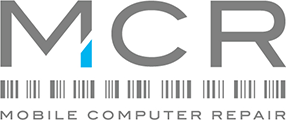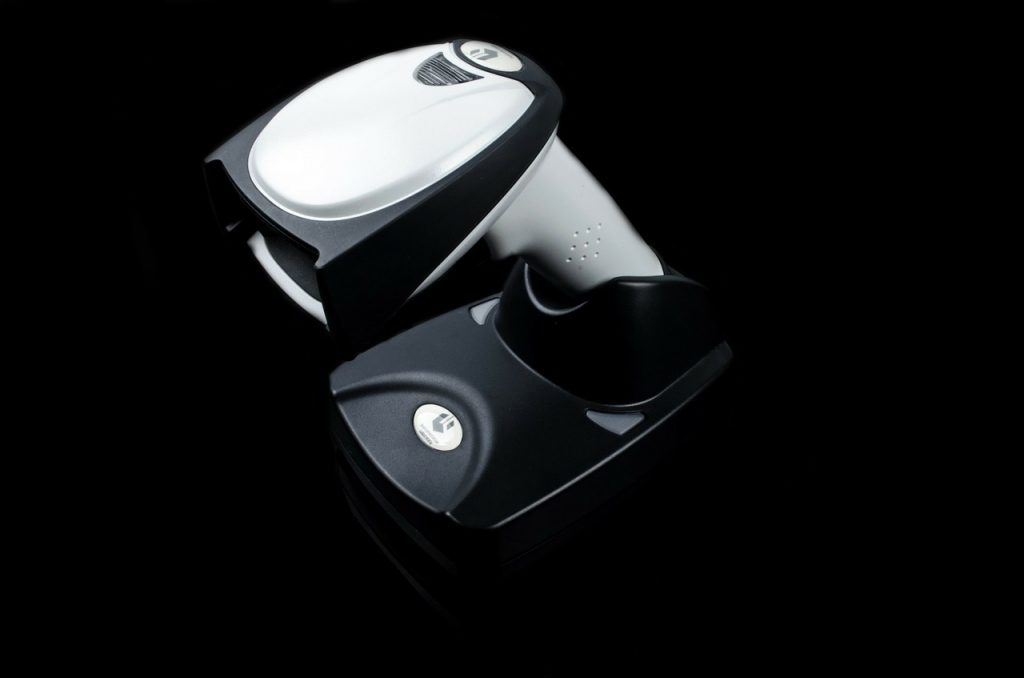How do barcode scanners work?
Barcodes are a staple part of trade and commerce in the 2020s. Products, packages, parcels, groceries and tickets routinely have a barcode located on their labelling or packaging, with the black bars symbolising the concept of purchasable products and goods.
However, barcodes aren’t just random codes that are put on purchasable products for the aesthetic; they are able to be scanned and produce a digital code, so that the barcoded product can be identified and differentiated from other goods.
But how do these barcode scanners work to read each individual barcode? Below is our quick guide.
What are barcodes?
Barcodes are scannable, numerical and line-based codes that can be read by machines.
Bars of variable lengths and widths represent different characters and numerals, creating a unique code.
These symbols generate a unique digital code, which stores some form of data when scanned by a barcode scanner’s laser beam. They are attached to items in order to make them recognisable and distinguishable from others.
What is a barcode scanner?
A barcode scanner is an optical scanner that can scan and read a printed barcode by decoding its data and then communicating the information and data to a computer or device. It is made up of a lens, a light source, and a light sensor that converts optical signals into electrical impulses.
Barcode scanners collect and read information stored within barcodes such as the price, name and size of a product, proof of purchase, validation, and more.
If a barcode reader happens to sustain damage, a barcode scanner repair is completely possible and necessary.
How barcode scanners work
A barcode scanner scans and electronically converts printed barcodes and decodes their data before transmitting it to a computer using light rays.
A decoder is built into the barcode scanner, and it analyses the picture data produced by the sensor before sending it to the output port. It connects to a host computer after scanning an image to send the recorded data. The decoder in the scanner recognises barcode symbols, transforms bar and space information, and sends the data to a computer in a readable way.
Here’s a further step-by-step guide to how barcode scanners function:
When scanning a barcode, the scanning head flashes an LED or laser light onto the barcode, and this is reflected back into a light-detecting electrical component by the barcode.
The device creates a sequence of on-off pulses that match the black and white stripes when the scanner passes over the barcode.
These pulses are converted into binary digits by an electrical circuit attached to the scanner, and these are then transferred to a computer to which the scanner is connected. This computer, in turn, detects the code and its data.
How businesses use barcode scanners
In most retail outlets, store and retail cashiers utilise a handheld barcode scanner, which is a common sight for customers. An employee scans the barcode attached to a product at a store, and the total cost of all the scanned items swiftly adds up to a customer’s order.
Most stores allow customers to scan products themselves in store with either handheld or built-in barcode scanners at self-checkouts.
How barcodes represent numbers
Barcodes are simply coded numbers that are assigned to items so that they can be read by an electronic scanner, and each black-and-white line on a barcode represents a certain number ranging from 0 to 9.
Each digit is represented by seven blocks of equal size that are either black or white in colour. Every number is made up of four broad or thin black-and-white vertical stripes, and the pattern is created so that it cannot be mistaken for any other number, even when turned upside down.
Types of barcode scanners
- Pen-type reader: these readers contain a light source and a photodiode situated beside each other on the tip of a pen. To read the barcode, the tip must move over the bars at a steady speed.
- Laser scanner: this type of scanner functions comparably to a pen-type reader, but it uses a light source and a laser beam. The laser beam is scanned back and forth over the barcode by a spinning prism or a reciprocating mirror.
- CCD reader: this reader uses lots of little light sensors that are set in rows and can scan barcodes. A voltage pattern is created by lining up hundreds of sensors in a row.
There you have it – a quick summary of how barcode scanners work, which enables them to make such a meaningful and ongoing contribution to how so many business sectors operate today.

